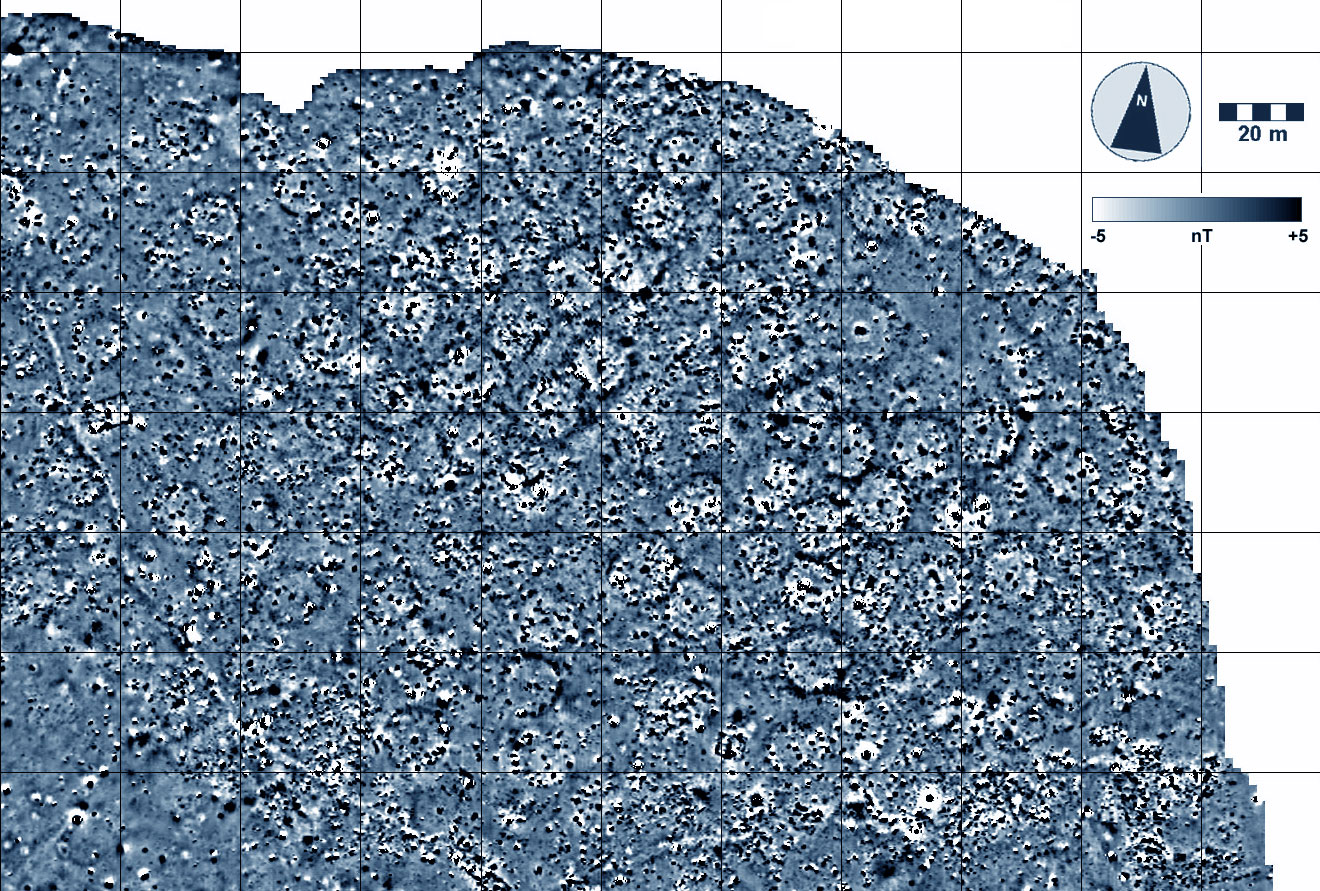
Kenneth L. Kvamme, professor, and Adam S. Wiewel, doctoral student, both of the department of anthropology in the J. William Fulbright College of Arts and Sciences, have been awarded a grant from the National Center for Preservation Technology and Training of the U.S. National Park Service.
Titled "Comprehensive Understanding of Archaeological Magnetism and Instrumentation," the grant investigates field methodologies and instrumentation to improve understanding of magnetic characteristics of the archaeological record.
The grant will do four things:
- Examine methodologies for distinguishing between thermoremanent anomalies (associated with hearths) versus induced anomalies (associated with cache pits and other features).
- Generate magnetic maps of excavated profiles of pits, hearths, house floors and ditches to enhance understanding of anomaly formation as recorded at the surface.
- Compare the performance of single coil and dual coil instruments for recording magnetic susceptibility.
- Investigate rarely examined magnetic characteristics of ephemeral hunter-gatherer camps.
This research takes place at the Fort Clark State Historic Site and the Double Ditch State Historic Site, in North Dakota.
Topics
Contacts
Kenneth L. Kvamme, Professor
Department of Anthropology
575-4130, kkvamme@uark.edu